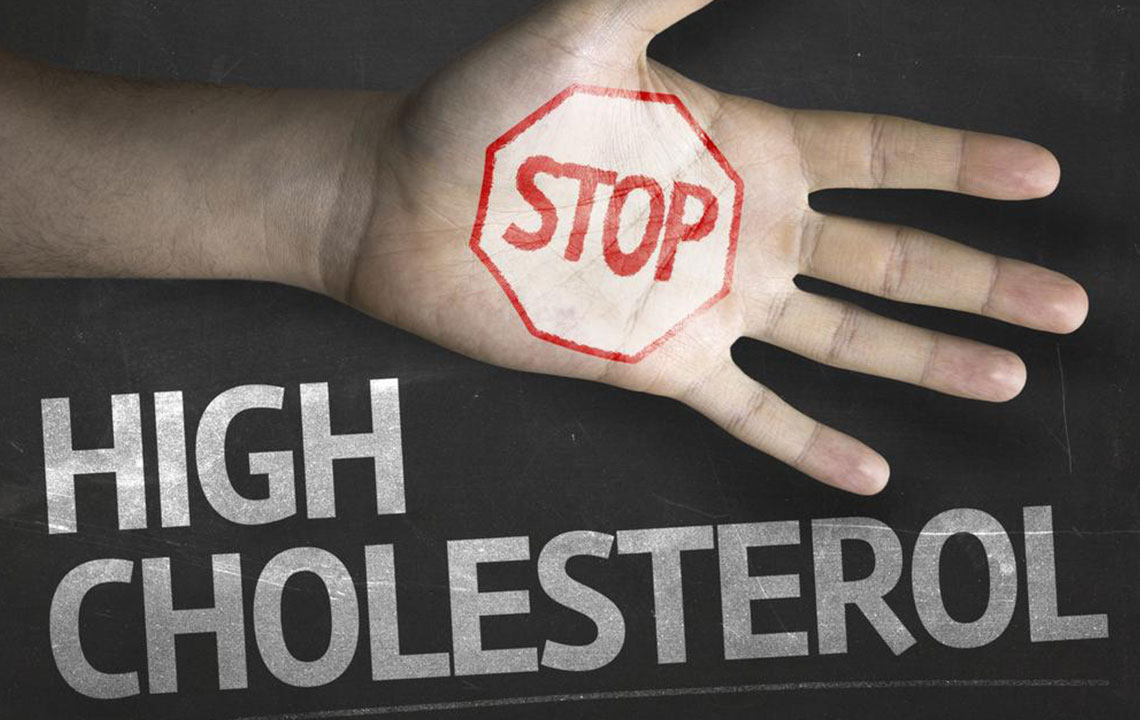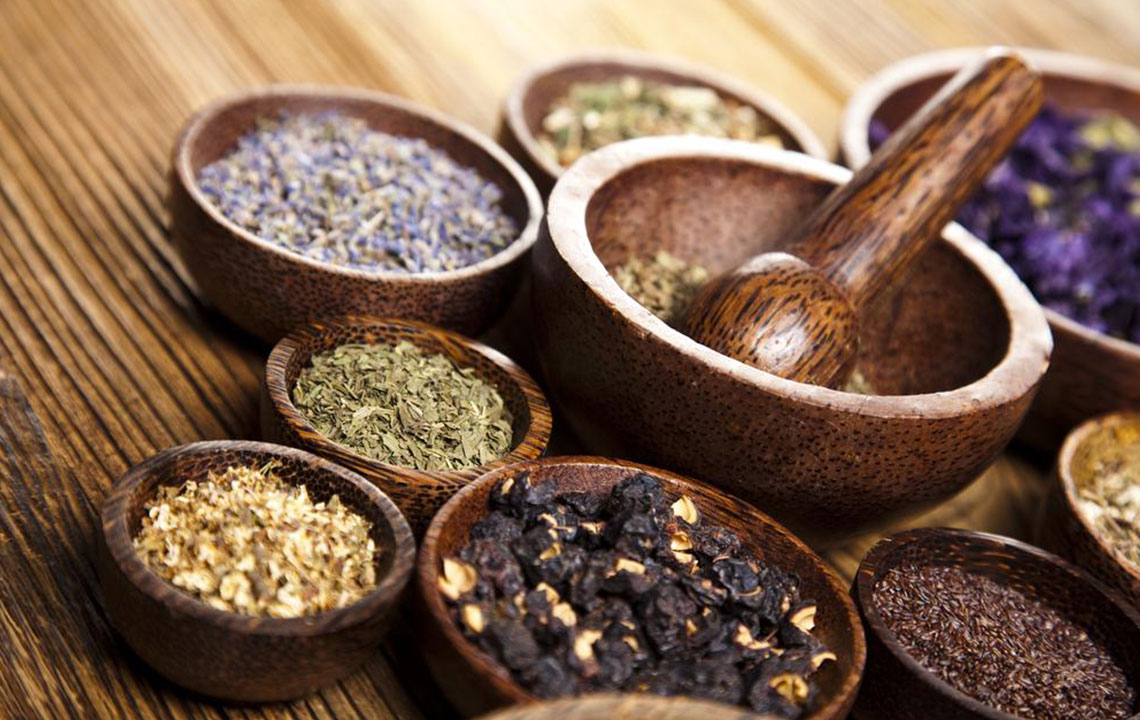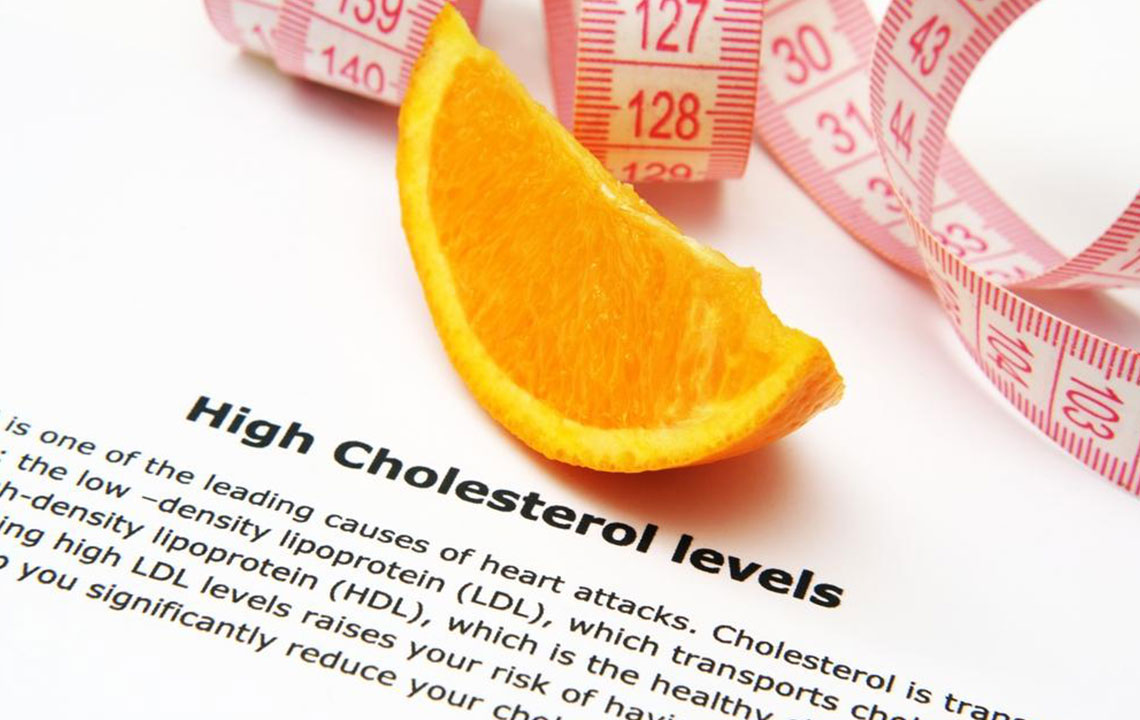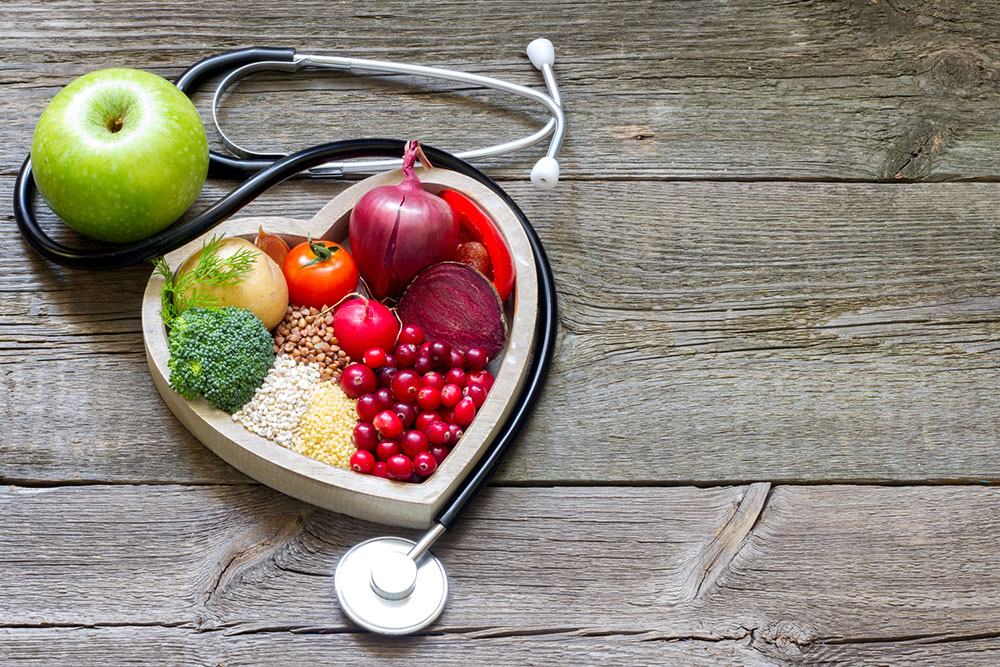Comprehensive Guide to Managing and Lowering High Cholesterol Naturally and Medically
Learn about comprehensive strategies to effectively manage and lower high cholesterol levels through lifestyle changes, natural supplements, and medications. This detailed guide offers practical tips for maintaining heart health and reducing cardiovascular risks, emphasizing long-term management and patient education.

Comprehensive Strategies for Managing and Lowering High Cholesterol
Understanding Elevated Cholesterol Levels and Effective Treatment Options
Hypercholesterolemia, commonly known as high cholesterol, is a prevalent health concern affecting millions worldwide. It occurs when there’s an excess of cholesterol circulating in the bloodstream, leading to the buildup of plaques within the arteries. This process significantly increases the risk of heart disease, stroke, and other cardiovascular conditions. Managing high cholesterol involves a multifaceted approach that includes lifestyle modifications, natural supplements, and, when necessary, pharmaceutical interventions. The goal is to lower low-density lipoprotein (LDL) cholesterol, often referred to as 'bad cholesterol,' which is primarily responsible for vascular deposits. Understanding the mechanisms behind cholesterol accumulation and implementing effective strategies are essential steps toward reducing health risks and fostering long-term heart health.
Implementing Lifestyle Changes for Cholesterol Reduction
Medical professionals stress that lifestyle adjustments remain the cornerstone of managing high cholesterol. Dietary shifts, increased physical activity, and weight management can create meaningful improvements in serum cholesterol levels. Key dietary recommendations include reducing saturated fat intake to less than 7% of total daily calories and decreasing overall fat consumption to 25-35% of your daily caloric intake. Emphasizing nutrient-rich, whole foods such as fruits, vegetables, whole grains, and lean proteins supports cardiovascular health. Regular exercise is equally vital; engaging in at least 150 minutes of moderate-intensity aerobic activity per week—like brisk walking, cycling, or swimming—can help boost HDL (good cholesterol) while lowering LDL levels. Maintaining a healthy weight enhances these benefits, reducing pressure on the cardiovascular system and improving overall metabolic health. These lifestyle measures, coupled with stress management and smoking cessation, significantly reduce the risk of developing or exacerbating high cholesterol issues.
In addition to dietary changes, consistent physical activity and weight management are crucial components in lowering cholesterol. Incorporating activities like brisk walking, running, cycling, or swimming into your weekly routine aids in burning calories and reducing LDL cholesterol while elevating HDL, the beneficial form of cholesterol. Monitoring portion sizes, reducing processed foods high in trans fats, and limiting sugar intake also contribute to better cholesterol control. These lifestyle modifications not only improve blood lipid profiles but also promote overall health and well-being, lowering the risk of cardiovascular complications over time.
Medications for Rapid Cholesterol Reduction
While lifestyle changes are fundamental, some individuals may require pharmaceutical therapies for effective and swift LDL reduction. Medical practitioners consider medications as adjuncts when lifestyle modifications alone are insufficient or when patients are at high risk for cardiovascular disease. Several classes of drugs are commonly prescribed:
Statins: These are among the most prescribed cholesterol-lowering drugs. Statins work by inhibiting HMG-CoA reductase, an enzyme in the liver responsible for cholesterol synthesis. They effectively lower LDL levels and have been shown to reduce the risk of heart attacks and strokes. However, they may cause side effects such as muscle pain or liver enzyme elevation, necessitating regular monitoring.
Bile Acid Sequestrants: Drugs like cholestyramine and colesevelam bind to bile acids in the intestines, preventing their reabsorption. Since bile acids are derived from cholesterol, their reduced reabsorption prompts the liver to utilize more cholesterol, thereby lowering circulating levels.
Fibrates: Fibrates primarily target triglyceride levels but also have a beneficial effect on HDL cholesterol. They are particularly useful for patients with combined lipid abnormalities. Fibrates, such as gemfibrozil and fenofibrate, can cause muscle-related issues, especially when used with statins, so medical oversight is essential.
Niacin (Vitamin B3): Niacin is effective at lowering LDL and triglycerides and raising HDL. Doses between 3 to 8 grams daily are often used, but side effects like flushing, liver toxicity, and gastrointestinal disturbances can occur, requiring careful dosing and monitoring.
Managing high cholesterol is typically a long-term commitment. While medications can significantly accelerate improvements, it often takes at least 6 to 12 months to see visible results. Once target levels are reached, adherence to prescribed medication and lifestyle changes remains vital for sustained benefits. Healthcare organizations like the American Heart Association, the National Library of Medicine, the Hormone Foundation, and research initiatives like the Framingham Heart Study provide valuable resources and guidelines to support ongoing management and patient education.
Beyond pharmacological options, natural approaches offer additional benefits or alternatives for those seeking to supplement their treatment plan. The following natural methods have shown promise in supporting cholesterol management:
Incorporating Fish Oil Supplements
Rich in omega-3 fatty acids, particularly EPA and DHA, fish oils are proven to reduce triglyceride levels substantially. Consuming fatty fish such as salmon, herring, mackerel, and sardines twice weekly, or taking a daily fish oil supplement of around 1 gram, can contribute to improved lipid profiles and cardiovascular health. Omega-3 fatty acids also have anti-inflammatory properties that support arterial health and reduce the risk of clot formation.
Enhancing Diet with Soy Protein
High soy intake, especially soy protein rich in isoflavones, has been linked with modest reductions in total cholesterol and LDL cholesterol. Incorporating soy-based foods such as tofu, soy milk, and edamame into your diet can complement other cholesterol-lowering strategies without replacing other protein sources like lean meat or dairy.
Utilizing Plant Stanols and Sterols
These plant-derived compounds naturally inhibit the absorption of dietary cholesterol in the intestines. Foods fortified with stanols or sterols—such as certain margarine spreads, orange juice, and yogurt—can help lower LDL cholesterol by 10-15%. Consistent inclusion of these fortified foods, along with a healthy diet, provides an added layer of protection against high cholesterol.
Garlic and Natural Remedies
Though popularly believed to have cholesterol-lowering properties, scientific studies produce mixed results. While garlic supplements might produce minor cardiovascular benefits, evidence indicates that garlic extracts exhibit limited efficacy in significantly reducing LDL levels compared to placebo. Nevertheless, including garlic as part of a balanced diet may offer ancillary health benefits due to its antioxidant and anti-inflammatory properties.
In conclusion, managing high cholesterol effectively requires a comprehensive approach tailored to individual health profiles. Combining lifestyle modifications, natural supplements, and medication—when necessary—can significantly lower cardiovascular risk and promote overall well-being. Regular check-ups, staying informed through reputable healthcare resources, and maintaining dedication to healthful habits are essential components for long-term success in cholesterol management.





